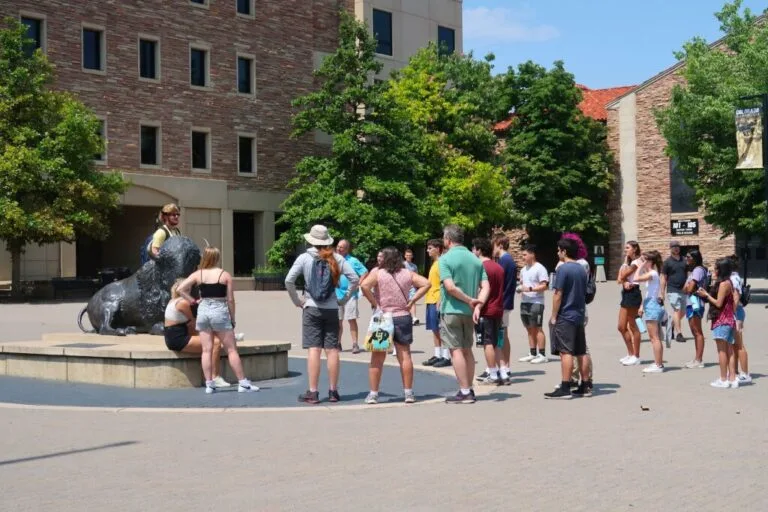Category: Enrollment Marketing
-

Enroll More Now: 3 Steps You Can Take Today
-

Campus Protests: 4 Tips for Crisis Planning
-

How to Increase Application Yield
-

Changing the Game: How Modern Enrollment Operations Use Data to Engage Students
-

What Goes Into a High School Junior Communication Plan?
-

The Cost of Student Recruitment
-

Doing Enrollment Marketing Differently with Audience Data
-

Recruitment Strategies That Nurture Dual Enrollment
-

SCOTUS Ruling on Affirmative Action—Questions to Ponder, Actions to Take








